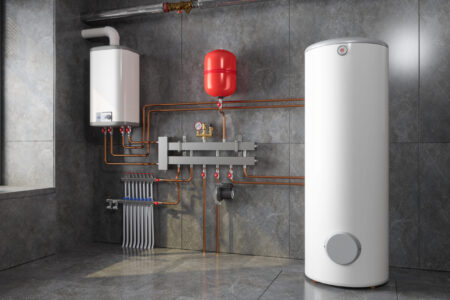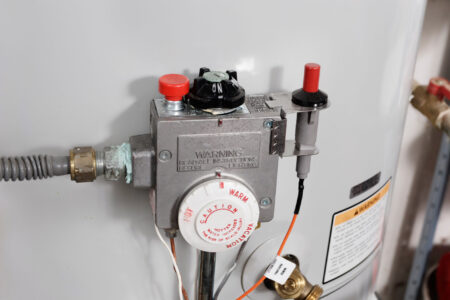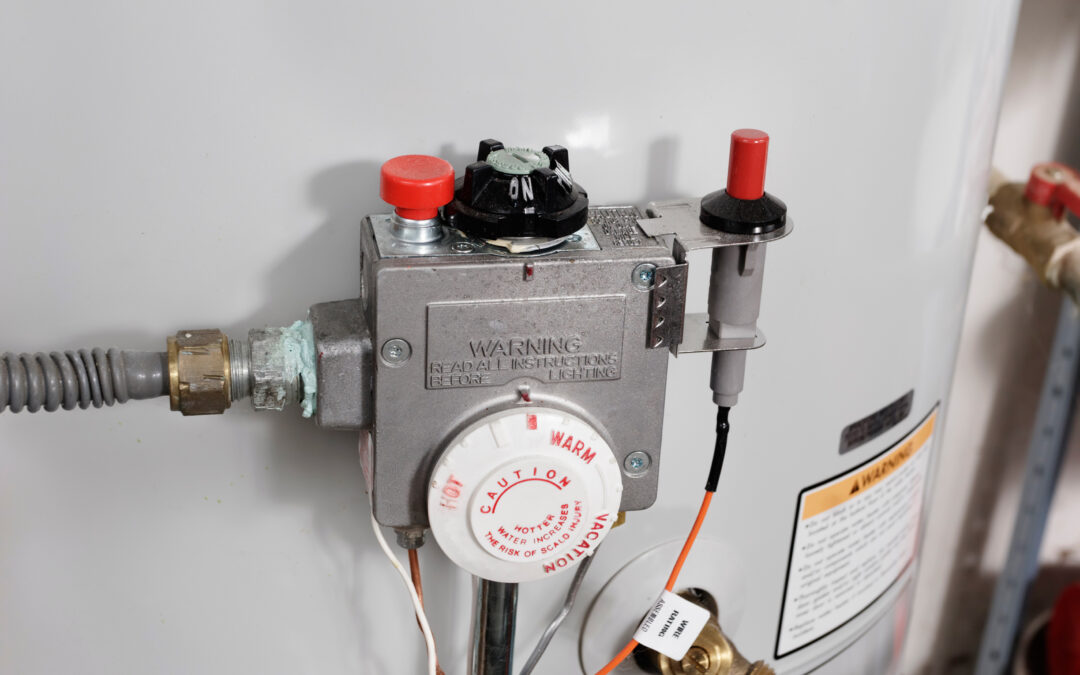As fall temperatures settle in, many homeowners are tempted to crank up their water heater settings for warmer showers and cozier baths, without thinking of what the safest water heater settings could be for their house. But when your household includes young children or elderly family members, turning the heat too high can become more than a comfort issue. It can be a safety hazard.
Scalding injuries happen faster than most people realize. Water at just 140°F can cause a serious burn in as little as five seconds. For sensitive skin, like that of children or seniors, the damage can occur even faster. Finding the right water heater temperature is about striking a balance: warm enough for comfort, but not so hot that it puts anyone at risk.
 Understanding the Safe Limits
Understanding the Safe Limits
Children and elderly adults are more vulnerable to hot water injuries for a few key reasons. Young children’s skin is thinner and more delicate, which means heat penetrates faster and burns develop more quickly. Older adults often have reduced skin sensitivity, making it harder to detect water that is dangerously hot before it’s too late. They may also have slower reaction times or limited mobility, which can prevent them from moving away from the heat quickly enough.
Even if the water doesn’t cause an immediate burn, excessively hot showers or baths can dry out skin, increase irritation. It can make conditions like eczema worse, something many people notice more as the air becomes drier in the fall and winter. Keeping your home’s hot water within safe limits can help prevent both burns and skin discomfort.
The Recommended Safest Temperature
The U.S. Consumer Product Safety Commission recommends setting your water heater to 120°F for households with children or elderly residents. This temperature is generally considered the safest compromise between comfort and safety. At 120°F, the water is still warm enough for bathing, washing dishes, and doing laundry, but it significantly reduces the risk of scalding compared to higher settings.
It’s important to note that many water heaters come preset from the manufacturer at 140°F. You may need to manually adjust the dial. If you’re unsure how to change the temperature on your unit, or if your heater doesn’t clearly mark temperature settings, a plumbing professional can make the adjustment for you to ensure it’s set at the safe level.
How to Check and Adjust Your Water Heater
Making sure your water heater is set to the correct safe temperature only takes a few minutes:
-
Locate the thermostat on your water heater (it may be behind a small panel on the tank).
-
Check the current temperature setting — many heaters default to 140°F.
-
Adjust the dial to 120°F.
-
Test the water temperature at a faucet after an hour to confirm the change.
 Additional Safety Tips
Additional Safety Tips
While temperature is the biggest factor, a few extra precautions can keep your home even safer:
-
Install anti-scald devices on faucets and showerheads for extra protection.
-
Supervise children around sinks, tubs, and showers.
-
Run cold water first and mix in hot water when filling a bath.
If you’re unsure how to adjust your water heater or notice fluctuating water temperatures, a licensed plumber can inspect your system and make adjustments. Fall is an ideal time to schedule maintenance before winter demands put extra strain on your water heater.
Keeping your water heater at the right temperature is a small step that delivers big benefits—protecting sensitive skin, improving comfort, and keeping your home safe. Contact Fite Plumbing today. Our team can check your system, set it to the safest temperature, and make sure your household stays comfortable all season long.


